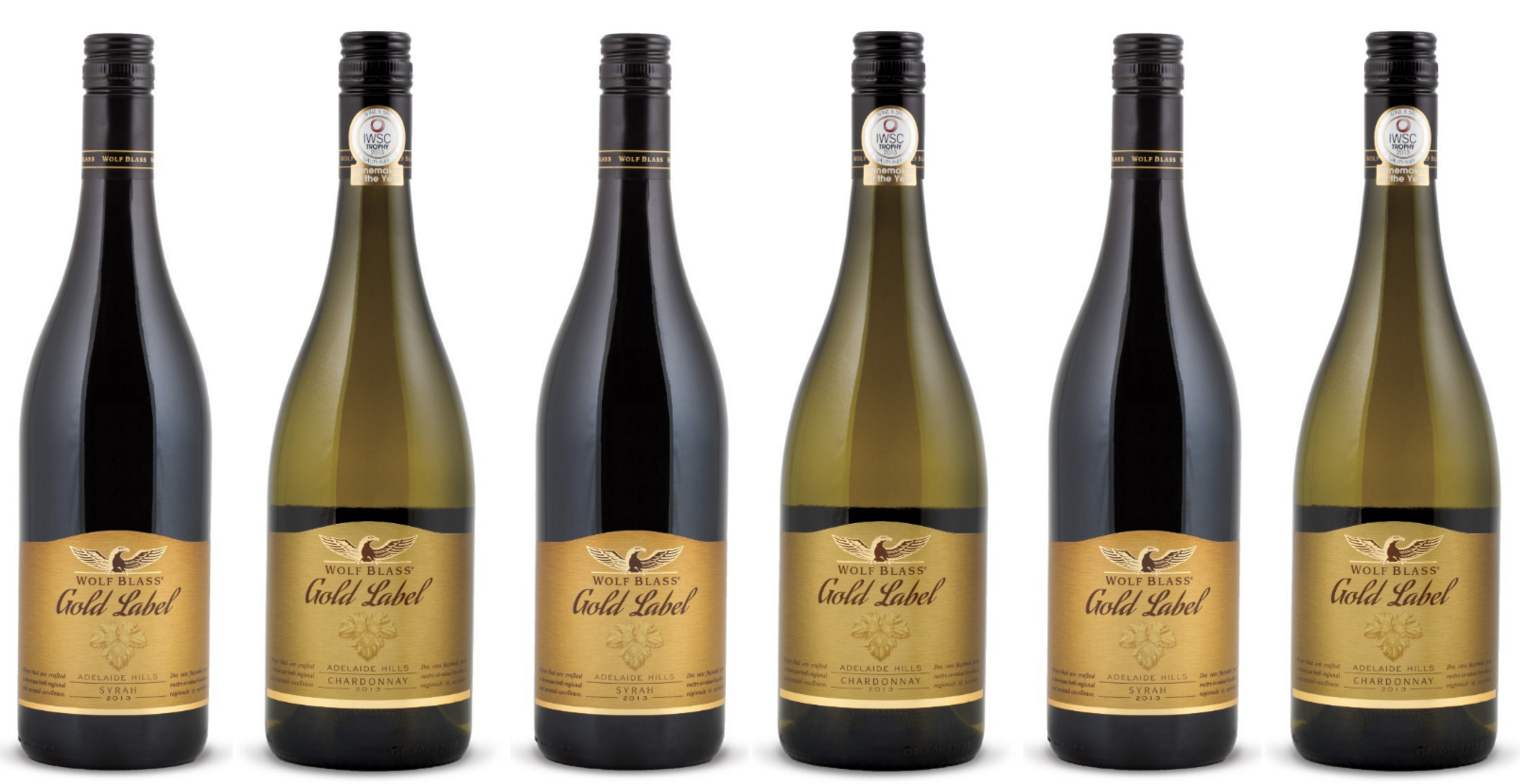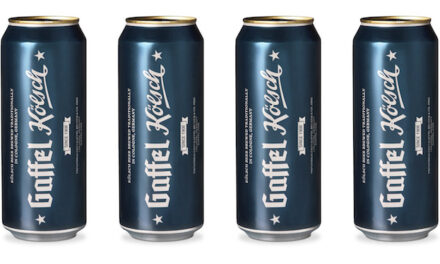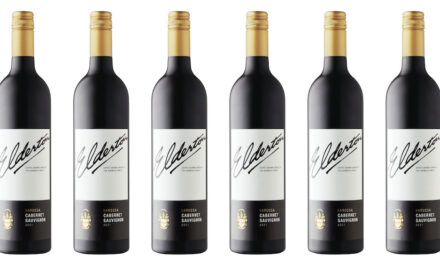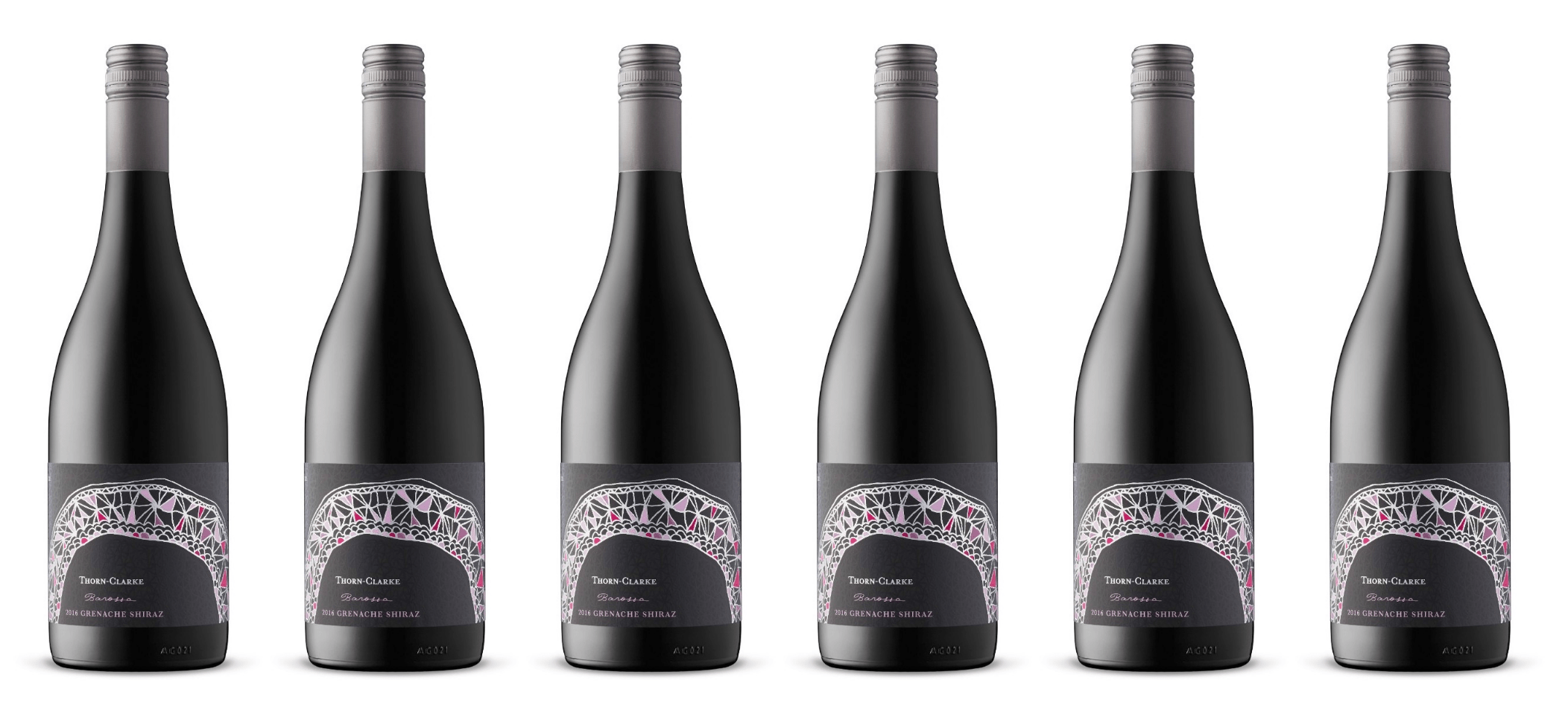I can still remember the days when some people used to scoff at the idea of enjoying one of the the wines of Wolf Blass. Indeed for many a year their Yellow Label range were the favoured vinous whipping boys of all those who turned up their collective noses at anything from Australia. I’m so glad to see that those days are (for the most part) behind us. I’ll undoubtedly still get a few Facebook messages from some fair-weathers stating “Really? Wolf Blass?” and the like, but to be quite honest, they really don’t know what they are missing, and so many of them are living in the past. These are undeniably some damn well-made wines.
Today Wolf Blass make a range of wines across the price point spectrum that show what modern winemaking is all about, with some marvellously contemporary bottlings that are both accessible and immaculately crafted in the winery. Sure, Wolf Blass are pretty damn big, but that doesn’t make them the enemy by any means. Chris Hatcher and his winemaking team make some wines that I have tasted blind in competition and have shown incredibly favourably up against many a hip house, garnering an enviable array of awards from some of the most internationally respected and recognised of authorities. So, with all due respect, may I suggest that any latent snobbery is immediately dropped, hang ups are well hung, and these wines are approached with with a wholly open mind, as I feel that they would make a terrific (and affordable) addition to your Xmas dinner table.
2014 Wolf Blass “Gold Label” Chardonnay, Adelaide Hills, Australia (Alcohol 12.5%) LCBO $25.15
With the move to using Adelaide Hills fruit (and labelling as such) Hatcher and his team made a bold statement with the Gold Label range. Adelaide Hills certainly comes under the cool climate descriptor, and that fact shines through in both of these offerings. The Chardonnay is a punchy little bugger, with an incredibly zeitgeisty reductive flinty nose that will probably come as quite a surprise to all the naysayers who would expect something altogether different with such a wine. This matchstick element is joined by a pleasant autolytic (read: yeasty) character, the two going together, what with the latter being mainly responsible for the former, i.e., carefully managed lees (dead yeast) contact can lead to the prevalence of those awfully fashionable reductive notes that are often mistakenly identified as minerality.
There’s also a lot more in the bouquet, especially as one allows it to warm a little in the glass : just-out-of-the-oven Tarte Tatin, peach, honeysuckle, lemon rind, and a smidgen of spice from some judicious barrel work. The palate is light and brisk and in no manner cloying, but there is a pleasant rich texture that no doubt has something to do with that carefully monitored lees interaction. This is an extremely satisfying glass of wine, and works so well with roast turkey… and I should know as I’ve been eating it all week thanks to this shoot. And it’s not even bloody Xmas yet!
![]()
(Four and a half out of a possible five apples)
2013 Wolf Blass “Gold Label” Syrah, Adelaide Hills, Australia (Alcohol 14.5.5%) LCBO $25.20
The Gold Label Syrah is also sourced from the Adelaide Hills, and the region’s cooler climate and elevation really comes through on the nose, with big hits of that elusive rotundone black pepper/marjoram aroma that I have a bit of soft spot for. The nose also sees bags of black cherries, cocoa powder, a stewed fruit component that is decidedly more blackcurrant compote than cassis, and a pleasant baking spice (clove/nutmeg/cinnamon) element that is so very reminiscent of Xmas to me.
Structurally it seriously delivers with a tannic element that may be a bit of a shock to those expecting a flabby, tired old bag of Shiraz. They have some bite, making the wine more structurally similar to some examples from the northern Rhône than most. I kid you not. It’s a delight in the mouth, and with food it really shines, as any wine worth its salt should. The finish is both penetrating and persistent, something that you’ll be more than happy to discover.
Don’t be scared to pair this smashing red with your turkey, as it does an admirable job. That vibrant acidity carries this crafted wine through such a dinner with ease.
![]()
(Four and a half out of a possible five apples)
Wolf Blass are a Good Food Fighter. Please support the businesses and organizations that support Good Food Revolution.
You know, disclosure and all that. For the record, I would have rated these two wines anyway BTW.

Edinburgh-born/Toronto-based Sommelier, consultant, writer, judge, and educator Jamie Drummond is the Director of Programs/Editor of Good Food Revolution… And he feels that Wolfblass really turned the corner with these wines.








